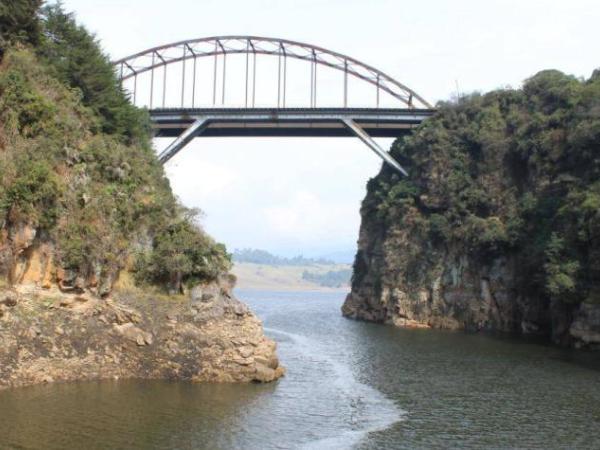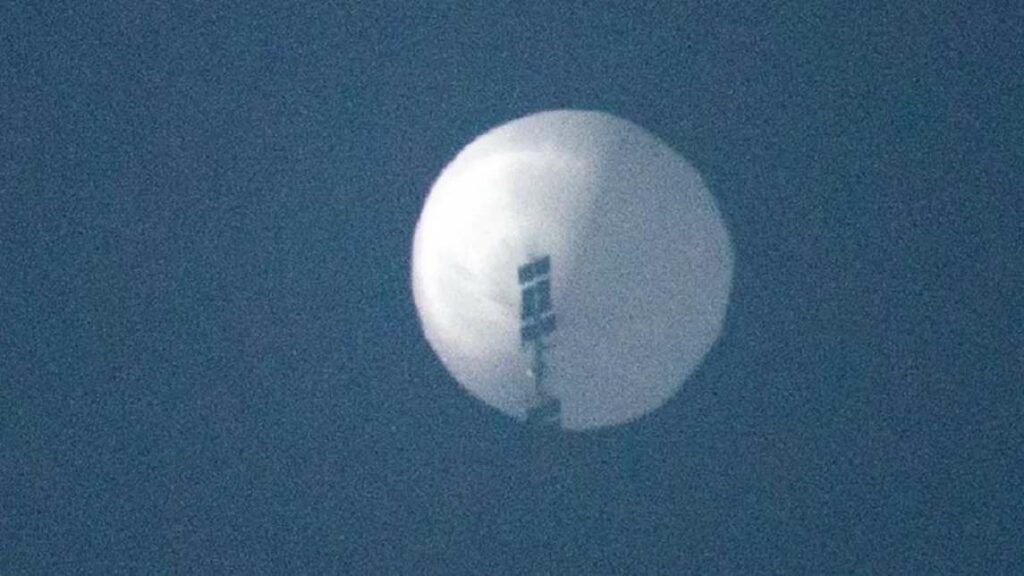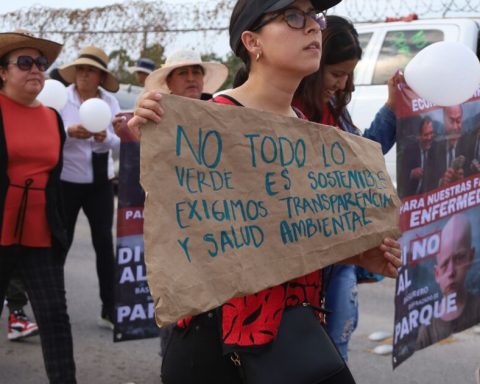Through a thread, published on her social networks, the president of the Colombian Association of Electric Power Generators (Acolgen), Natalia Gutiérrez, explained the operation of the reservoirs in Colombia.
(Generating at maximum, the water from the reservoirs would last 2 months).
According to Gutiérrez, each reservoir works like a battery, “Some great and others not so much. The largest in the country, the battery lasts up to 1 year, but most have a duration of less than 3 months. The battery in this case is the amount of water that can be stored, 18,197 GWh to be exact”.
“What do those 18 thousand GWh represent? They are less than 23% of the demand for a year in the country (80 thousand GWh/year according to UPME). This means that in less than 3 months, if it stops raining, we would be without “battery””Gutierrez explained.
The operation of the reservoirs in Colombia does not have to be a mystery and in the following thread ? we are going to explain it:@Acolgen
— Natalia Gutierrez (@NGutierrezJ) February 1, 2023
However, he added that the reservoirs in Colombia are not only used to generate energy, and that they are multi-purpose, “whose main purpose is to supply water to large cities (Bogotá case)”.
Gutiérrez assures that for this reason, companies must moderate the use of water and they do this within the wholesale market, “specifically in the energy bag.” “Here, as in any market (or square), companies bring their product to sell it (energy in kWh in this case)”.
In this way, if companies want to sell their product they must offer low prices, but if they do not want to, they must offer high prices for someone else to replace them. “Why would they want to be replaced? In order to save water!”.
(The explanation they gave Petro about the rise in energy prices).
“Who replaces water if they offer high prices? Thermal plants, which use coal, natural gas or liquid fuels. These are support for the market and operate when it is required to moderate the use of water, which generates an increase in the stock price”, explains the president of Acolgen.
According to Gutiérrez, this system has worked for 30 years; “We have hydroelectric plants that are efficient and clean and generate between 70 and 80% of the time, and thermal backup plants that work between 20 and 30%. This balance ensures that we have 24-hour power, rain or shine.”
(The causes of expensive energy in the stock market as well as reservoirs are full).
Finally, he said that in Colombia we have a clear hydrological cycle: “Every year between December and March, the prices on the stock market tend to rise, since it rains little (electric summer). This is aggravated when there are alerts of a possible phenomenon of “El Niño” because the reservoirs are not able to recover.
It concluded that operating and being reliable (receiving electricity despite weather conditions) “It’s not free and neither is water.”
BRIEFCASE

















